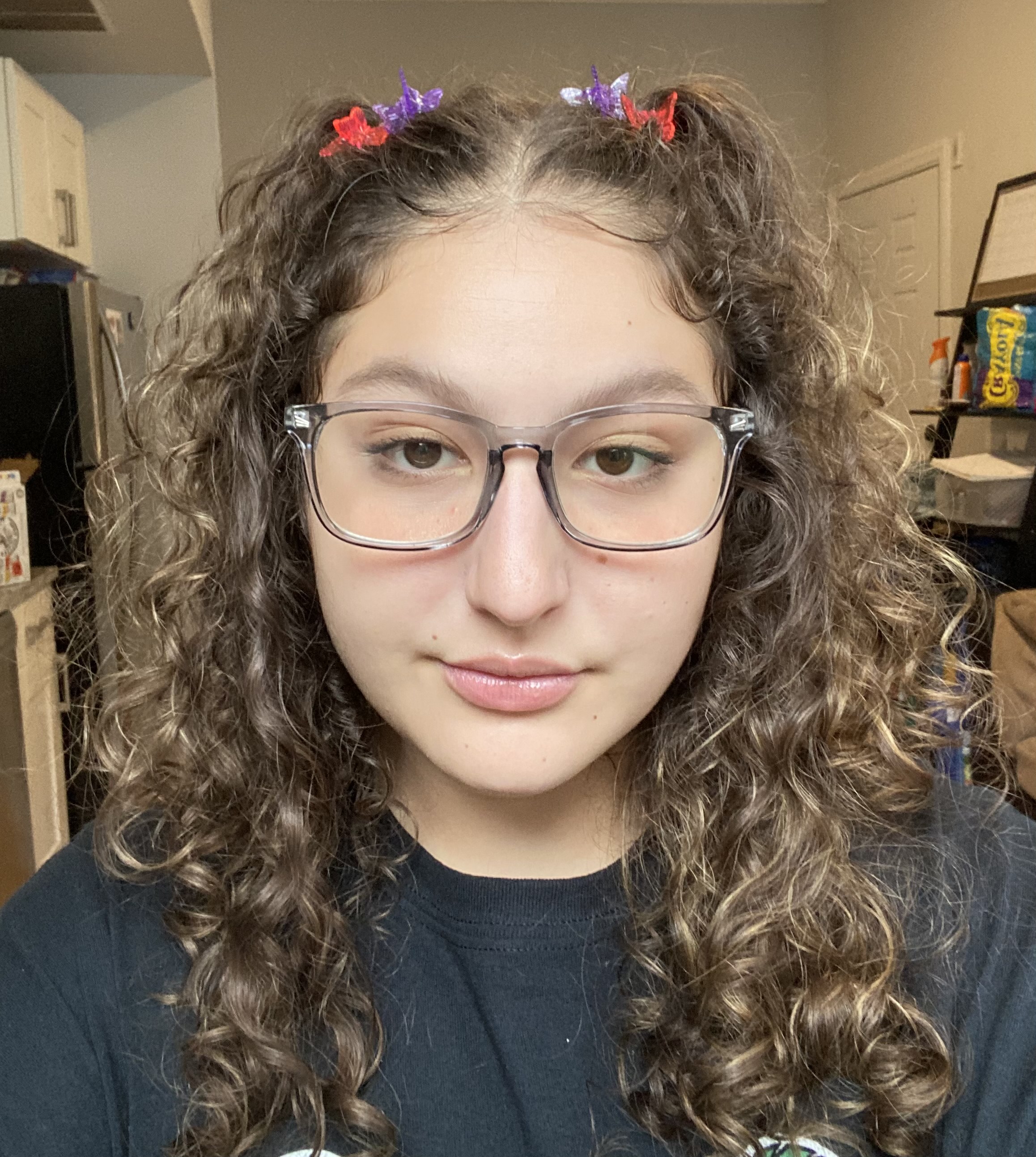Below is a summary of the abstract you submitted. Presenting author(s) is shown in bold.
If any changes need to be made, you can modify the abstract or change the authors.
You can also download a .docx version of this abstract.
If there are any problems, please email Dan at dar78@pitt.edu and he'll take care of them!
This abstract was last modified on March 15, 2022 at 10:51 a.m..

As antibiotic resistance becomes a more prevalent public health issue, there is a growing community of researchers discovering alternative treatments for bacterial infections. One possible solution to this issue is the use of bacteriophages, viruses that infect a specific bacterial host. There is still a lack of understanding regarding the functions of over 60% of most bacteriophages genomes. Undergraduate students work to uncover characteristics of genes in a previously isolated bacteriophage in the program Gene-function Exploration by a Network of Emerging Scientists (SEA-GENES). Here, we set out to investigate the characteristics of seven different genes in the novel bacteriophage NormanBulbieJr. To accomplish this, we used a series of molecular cloning techniques to purify plasmids containing our genes of interest for cloning into M. smegmatis, the bacterial host of bacteriophage NormanBulbieJr. After successful cloning into M. smegmatis, we will begin a series of cytotoxicity assays in order to confirm the functions of genes with predetermined putative functions or begin characterizing genes without putative functions. We expect to see increased cell death in the cytotoxic assays for gene 31, Lysin B, and gene 32, Holin, as both are essential in phage-mediated bacterial lysis. Gene 34, currently characterized without a function, is the same size as gene 32, Holin, and we are interested to see if the size of the gene correlates with the cytotoxic effects it may have on the host. We chose 4 other genes with various sizes and locations within the genome, and the results of the cytotoxic assays will give us insight into the relationship between gene size and location of genes within the NormanBulbieJr genome and their cytotoxicity against M. smegmatis. In order to communicate our findings with a larger scientific community, the data collected will be shared in a publicly accessible database.


